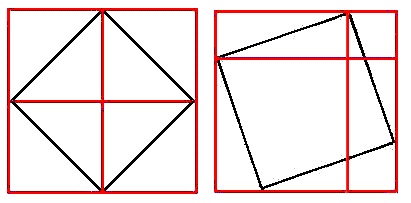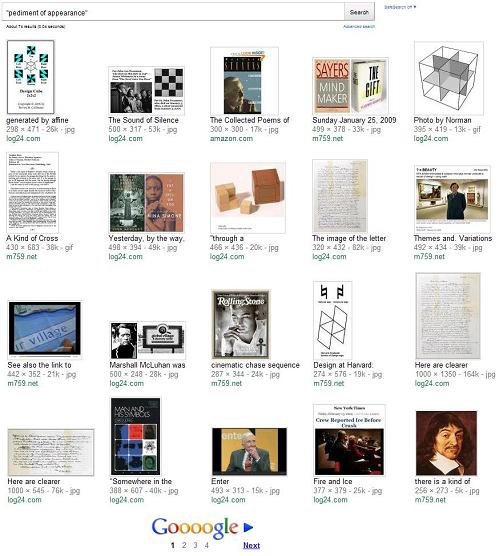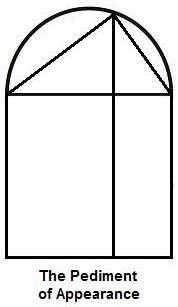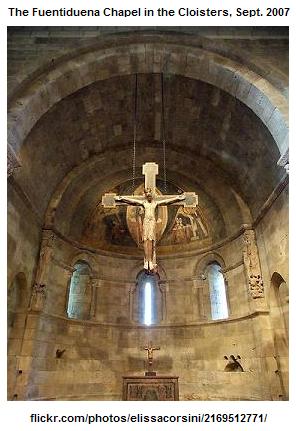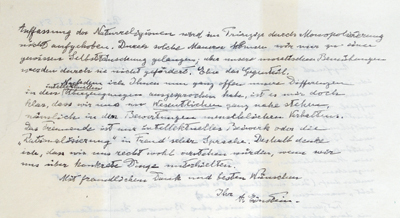http://www.wallacestevens.com/concordance/
savage
Your query matched 15 lines
An Ordinary Evening in New Haven (iv)
Stanza: 61; Line Number: 7
They only know a savage assuagement cries
Stanza: 62; Line Number: 8
With a savage voice; and in that cry they hear
Stanza: 64; Line Number: 10
In a savage and subtle and simple harmony,
Credences of Summer (vii)
Stanza: 101; Line Number: 11
The object, grips it in savage scrutiny,
Examination of the Hero in a Time of War (ii)
Stanza: 26; Line Number: 12
And rainbow sortilege, the savage weapon
Exposition of the Contents of a Cab (OP)
Line Number: 12
And savage blooms;
From the Journal of Crispin (II) (OP)
Stanza: 114; Line Number: 20
Into a savage color he goes on.
Gubbinal
Line Number: 9
That savage of fire,
Less and Less Human, O Savage Spirit
Title
Less and Less Human, O Savage Spirit
Page from a Tale
Line Number: 20
They looked back at Hans’ look with savage faces.
Sunday Morning (vii)
Stanza: 95; Line Number: 5
Naked among them, like a savage source.
The Comedian as the Letter C, ii: Concerning the Thunderstorms of Yucatan
Stanza: 14; Line Number: 14
Into a savage color he went on.
The Man with the Blue Guitar (iii)
Stanza: 29; Line Number: 9
To bang it from a savage blue,
The Pediment of Appearance
Line Number: 10
The savage transparence. They go crying
The World as Meditation
Line Number: 6
Whose mere savage presence awakens the world in which she dwells.
_________________________________________________________________________
Online Concordance to Wallace Stevens’s Poetry







